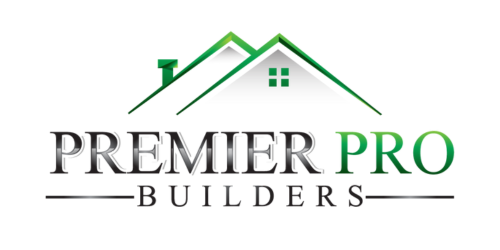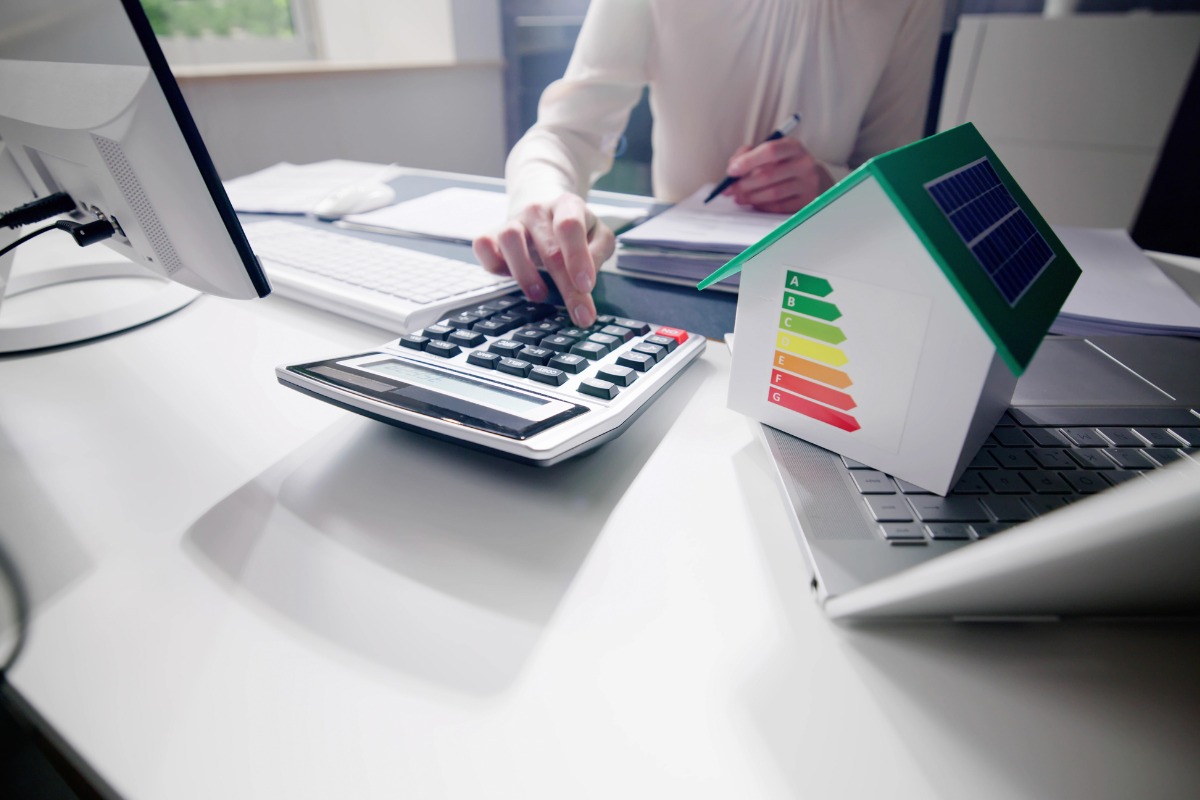At the heart of sustainable living, we find the converging paths of energy efficiency and financial prudence. The Inflation Reduction Act of 2022 has ushered in a new era of opportunity for homeowners to transform their spaces into energy-efficient homes. Our homes can now be bastions of efficiency, heralding a greener future while we reap the benefits of appliance rebates designed to ease the transition. This legislation enables us to claim significant federal income tax credits, positioning us to save substantially not just upfront with government rebates for energy-efficient appliances but also in the long term through reduced energy expenses.
Join us as we unravel how these energy rebates, which support eco-friendly upgrades, can lead to a sustainable lifestyle without the heavy financial burden often associated with it. Our journey towards energy-efficient homes not only aligns with global ecological goals but also promises a financially smarter way of living.
Key Takeaways
- Significant annual tax credits of up to $3,200 are available for eligible energy-efficient home improvements.
- Up to 30% of costs are covered for upgrades like heat pumps, doors, and energy-efficient windows.
- Residential Clean Energy Credit offers a 30% tax credit for clean energy installations through 2032.
- There is potential for dramatic reductions in monthly energy bills and long-term savings with eco-friendly upgrades.
- Extended support for renewable energy adoption, influencing both residential and commercial property owners.
- Concrete steps towards sustainable living, buoyed by the financial benefits of appliance rebates.
Understanding the Inflation Reduction Act and Energy Efficiency
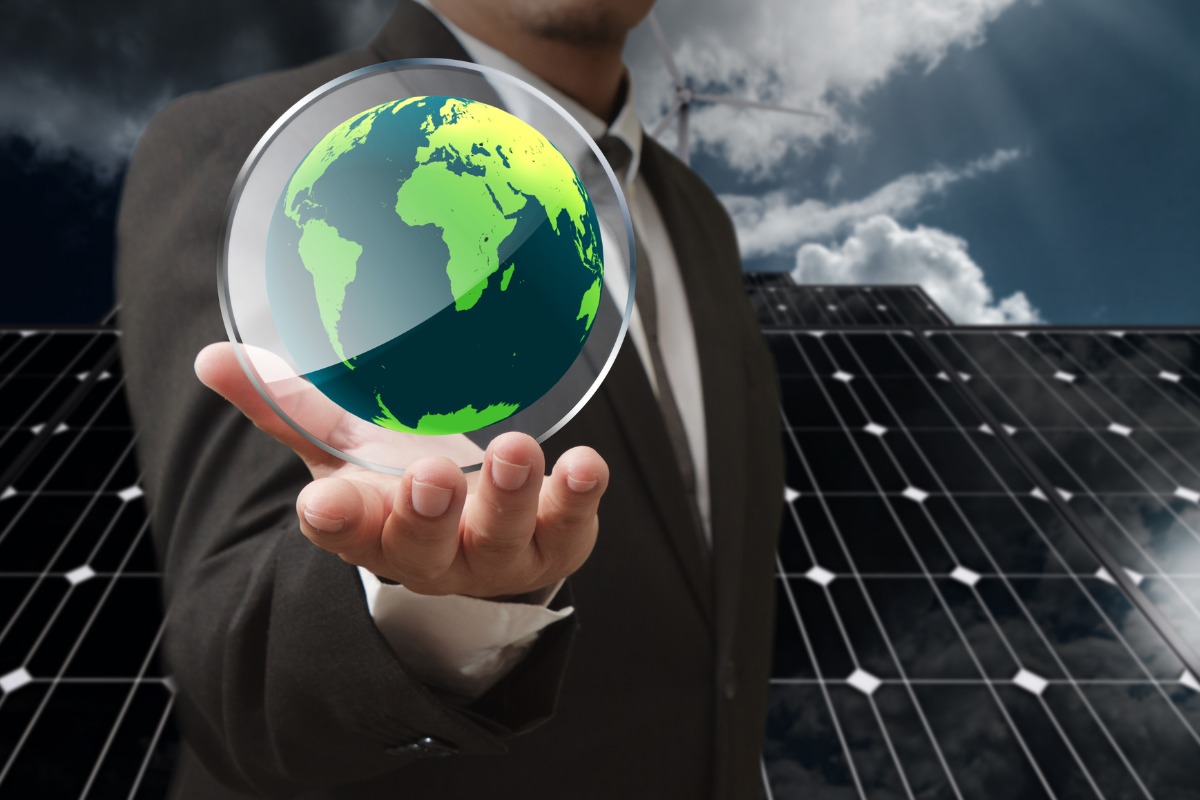
In our collective journey towards a more sustainable future, the Inflation Reduction Act of 2022 stands out as a pivotal piece of legislation. It brings forth an array of initiatives designed to pivot American households towards more energy-saving appliances and practices, ultimately aiming to significantly reduce energy costs.
The Inflation Reduction Act’s Provisions for Energy Efficiency
The framework of the Act includes robust measures to encourage the adoption of energy-efficient systems. By promoting the utilization of alternative energy sources and smarter technologies, the Act foresees a reduction in domestic energy dependency and an increase in overall energy security for the nation. With the assurance that federal tax credits will reduce initial costs, homeowners can now invest in upgrades.
How the Act Empowers Homeowners to Reduce Energy Costs
There’s no disputing that escalating energy expenses have become a pressing concern for American families. With this Act, relief comes in the form of tax credits that support the installation of appliances like heat pumps, heat pump water heaters, and advanced insulation, all of which are celebrated for their proficiency in slashing energy consumption. This legislative support simplifies the decision-making process for consumers eyeing eco-friendly upgrades.
Maximising Home Upgrades with Federal Tax Credits
| Upgrade Type | Percentage of Cost Covered | Maximum Credit | Energy Efficiency Increase |
|---|---|---|---|
| Heat Pumps | 30% | Up to $2,000 | Significant |
| Insulation | 30% | Varies based on the project | Varies based on materials |
| Energy-Efficient Windows | 30% | Up to $600 | Moderate to high |
| Solar panel installation | 30% (through 2032) | There is no upper limit. | Extensive over time |
It’s clear that the Inflation Reduction Act of 2022 is more than just a piece of environmental legislation—it’s a solid commitment to economic growth through sustainable means. By facilitating accessibility to federal tax credits for a range of home improvements, the Act is a testament to the belief that a reduction in energy dependency is not merely achievable but also financially practical for all.
Maximize your tax benefits with energy efficiency.
The Inflation Reduction Act has ushered in an era where embracing energy efficiency translates into direct financial returns. We see a landscape where both individuals and businesses can reap the benefits of energy efficiency tax credits, energy-efficient home upgrades, tax deductions, and investments in eco-friendly appliances. Let’s delve into how you can optimize these financial incentives to not only enhance your property’s efficiency but also reduce your taxable income.
Imagine trimming your energy bills while the government effectively pays you back for part of your investment. That’s the reality with the current tax incentives. If you’re contemplating upgrades that boost your property’s energy performance, now is the time to act. You could be eligible to claim a significant portion of the costs—up to 30% for qualifying improvements. This represents a win-win: a step towards a greener footprint and a smart financial move.
Let’s not overlook the 2022 extension of these tax credits either. If you’ve made qualifying energy improvements since the end of 2021, you’re likely in a position to retroactively claim them. So, those recent upgrades? They might carry a financial boon you hadn’t expected. Check past expenses for anything that could qualify, as this could mean a substantial deduction awaiting you this tax season.
- Thermal Insulation: Adding insulation materials to reduce heat loss or gain.
- Energy-Efficient Windows and Doors: Upgrading to Energy Star-certified products that help minimize waste.
- High-Efficiency Heating and Cooling Systems: Investing in advanced technology for better climate control with less energy.
- Smart Home Energy Management Systems: Implementing IoT devices for tracking and optimizing energy use.
- Green Roofs: Adding vegetation layers to roofs to improve insulation and reduce heat islands.
Now, to help you visualize these savings and understand how they can impact you, consider this table detailing common upgrades and the potential tax credit benefit:
| Home Upgrade | Cost (Estimated) | Tax Credit (30%) |
|---|---|---|
| Eco-Friendly HVAC System | $10,000 | $3,000 |
| Solar panel installation | $15,000 | $4,500 |
| Insulation Materials | $6,000 | $1,800 |
| Energy-efficient Windows and Doors | $8,000 | $2,400 |
| Smart Thermostat | $250 | $75 |
With a clear understanding of these benefits, we encourage you to conduct an energy audit of your property. This can highlight areas ripe for improvement that may not only enhance comfort but can also contribute towards significant tax savings. Indeed, by taking proactive steps to upgrade to high-performance, environmentally conscious appliances, and systems, you’re positioning yourself to maximize the returns on your long-term investments—both for your wallet and for our planet.
Eligibility Criteria for Claiming Energy Efficiency Rebates
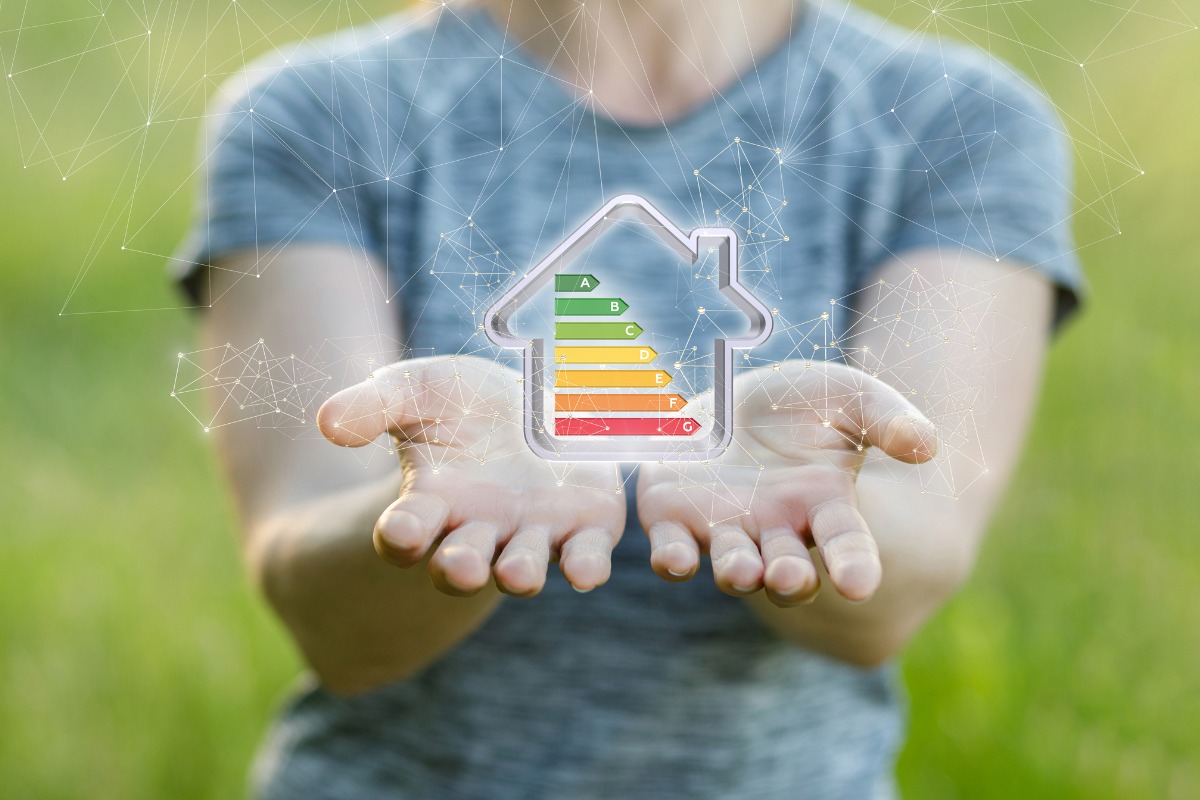
As conscientious homeowners seeking to enhance our home’s energy efficiency, we must familiarise ourselves with the eligibility criteria for claiming government rebates. The Inflation Reduction Act has paved the path for substantial tax credits, but to harness these financial advantages, our investments in home appliances and upgrades must meet specific standards.
Qualifying Appliances for Government Rebates
When we talk about qualifying appliances, we mean equipment that satisfies or exceeds the most recent federal guidelines’ definitions of certain energy efficiency benchmarks. These can range from HVAC systems to water heaters and more. Let’s delve into the kinds of appliances that could see us reaping the benefits of government rebates.
| Appliance | Energy Efficiency Requirements | Potential rebate value |
|---|---|---|
| Heat Pumps | Must meet Energy Star certification | Up to 30% of the cost* |
| Insulation | Must meet 2018 IECC standards. | Up to $500 |
| Solar Panels | Must provide a certain kWh output. | 30% of the installation cost |
subject to the terms of the Inflation Reduction Act.
Navigating the Eligibility for Tax Credits and Deductions
To secure our entitlement to tax credits and deductions, our upgrades must not only be energy efficient but also installed within the prescribed timeline and in adherence to the specified technologies. This might compel us to strategize our purchases and installations to coincide with these eligibility criteria.
- Validate the energy performance of your appliance against the set benchmarks.
- Ensure that the installation occurs within the act’s effective dates.
- Keep detailed records of purchases and installations when filing your claim.
Mastering these criteria can lead to a smoother process when claiming the rewards for our efforts toward promoting sustainable living through energy efficiency.
Home Energy Upgrades and the Potential for Cost Savings
As we delve deeper into the advantages of home energy upgrades, it’s clear that investing in energy-efficient appliances is more than just an eco-conscious decision; it’s a financially savvy one. Thanks to initiatives like the Inflation Reduction Act, homeowners who commit to energy-efficient upgrades can enjoy a marked reduction in their energy bills. These upgrades not only bolster the comfort and value of our homes but also play a crucial role in promoting a healthier environment.
Impact of Energy-Efficient Appliances on Energy Bills
Replacing traditional appliances with energy-efficient models is a transformative step towards slashing monthly energy bills. With these advanced appliances, we’re looking at higher operational efficiency, which translates directly to cost savings. The cumulative effect of reduced power consumption across numerous households has the power to drive down national energy costs significantly.
Long-Term Savings from Investing in Eco-Friendly Upgrades
Echoing the perks of short-term savings, the long-term financial benefits of committing to home energy upgrades cannot be overstated. Over time, the investment in energy-efficient appliances pays for itself and continues to pocket cost savings year over year. Furthermore, the reduction in air pollution contributes towards creating a sustainable future, aligning with the global goals of climate change mitigation.
Exploring the Benefits of the Residential Clean Energy Credit
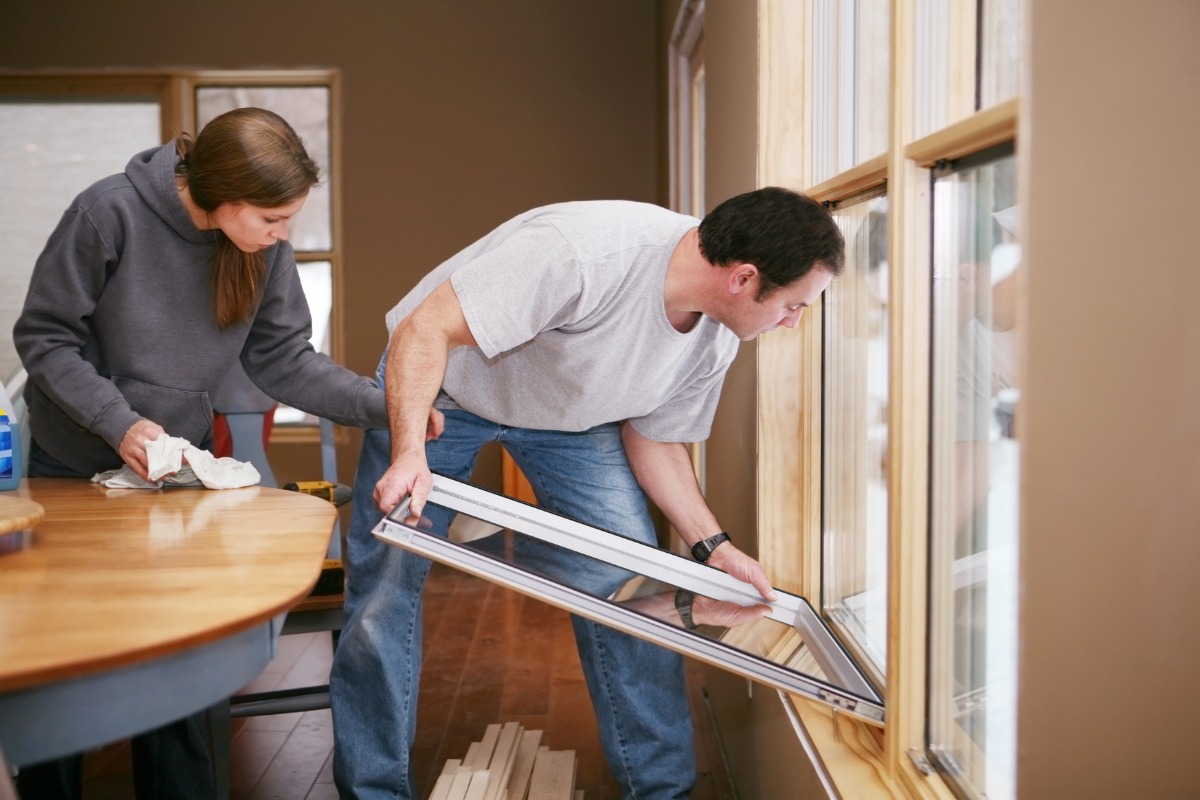
As dedicated advocates for environmental conservation and sustainable living, we recognize the transformative potential of the Residential Clean Energy Credit. This pivotal financial mechanism underscores our nation’s commitment to renewable energy solutions, offering tangible perks to homeowners eager to participate in the green energy transition. By embracing clean energy credits, such investments can significantly lower operating costs and contribute to a healthier planet.
Rewards for Investing in Renewable Energy Solutions
Investing in renewable energy solutions is not just an environmentally conscious decision; it reaps financial rewards too. The Residential Clean Energy Credit provides an enticing 30% tax credit to homeowners who decide to integrate systems like solar panels or wind turbines into their residences. It’s a win-win situation where one can enjoy reduced energy bills and, at the same time, support the burgeoning renewable energy industry. Leveraging such clean energy credits leads to a cleaner environment and a resilient, self-sustaining home energy system.
The Stepdown Schedule for Clean Energy Credits
To stimulate prompt action toward adopting sustainable energy practices, we must be cognizant of the forthcoming changes to the Residential Clean Energy Credit. Until the end of 2032, homeowners can capitalize on the full 30% credit. However, this rate will step down to 22% in the years 2033 and 2034. Acknowledging this impending schedule can lead us to not only optimize our financial gains but also bolster our contribution to a clean energy future faster than the ticking clock.
Builders’ Guide to Energy-Efficient Home Credits
As committed advocates for sustainable construction, we recognize the significant opportunities presented by the Inflation Reduction Act, particularly for those of us invested in energy-efficient home construction. With the advent of this legislation, builders have a powerful financial impetus to pursue projects that meet high standards of energy conservation.
The Role of Energy Star in the 45-L Tax Credit
The 45L Tax Credit, an essential component of the Inflation Reduction Act, has deepened its ties with the Energy Star program. For construction projects to qualify for this incentive, they must meet or exceed the rigorous efficiency guidelines set by Energy Star, a program widely respected for its role in promoting environmentally responsible building practices.
Extending the Reach of Energy-Efficient Construction
Our commitment extends to the far reaches of the construction industry, aiming to incorporate energy-efficient practices broadly. The extension of the 45L Tax Credit until 2032 offers a significant period for builders to create homes that are not only sustainable but also economically beneficial to both builders and future homeowners. By adhering to the standards prescribed by Energy Star, the sector can look forward to contributing meaningfully to the nationwide goal of energy conservation.
| Feature | Energy Star Requirement | 45L Tax Credit Benefit |
|---|---|---|
| Insulation Levels | Meets the highest regional standards | Up to $2,000 per dwelling unit |
| Windows and doors | Must have Energy Star certification | Enhances overall energy performance |
| Heating and cooling systems | High-efficiency models are recommended. | Reduces long-term utility costs |
| Building Envelope | Tight construction for minimal air leakage | Qualifies for the full tax credit amount |
| Renewable Energy | Solar, wind, and geothermal solutions are encouraged. | Directly impacts a home’s energy consumption |
We seize this moment to not only elevate our construction standards but also to set a precedent for energy-efficient home credits, a movement towards a greener, more resilient future. It’s incumbent upon us, as builders and innovators, to not just build homes but to shape the sustainable landscapes of tomorrow.
Commercial Sector Deductions for Energy Efficiency
The Inflation Reduction Act has introduced a plethora of tax benefits aimed at fostering energy efficiency across the United States, specifically addressing the commercial sector. We recognize the significance of integrating such practices into our corporate structures to experience not only the fiscal advantages but also to partake in the global shift towards sustainability. This pivotal move has realigned the commercial landscape, paving the way for businesses to undertake energy improvements with substantial financial support.
Guidelines for Claiming Energy Efficiency Deductions
For businesses aspiring to enhance their commercial buildings’ energy efficiency, a notable first step is understanding the criteria necessary to capitalize on the deductions offered. Claiming these deductions necessitates a minimum of a 25% enhancement in energy efficiency, validated by a third-party certifier. Eligibility spans a diverse range of improvements, from HVAC systems to upgraded building insulation, lighting, and envelope modifications. Our role is to navigate these complexities, ensuring companies meet the stipulated benchmarks to optimize their tax relief.
Bonus Deductions for Advanced Energy Improvements
In situations where commercial entities exceed the 25% energy savings threshold, the Inflation Reduction Act generously allocates further deductions, encouraging businesses to aim higher in their energy efficiency endeavors. This progressive scale of bonuses acts as a catalyst for pioneering advanced energy improvements, inciting companies to advance their efforts beyond conventional standards. We applaud enterprises that commit to such levels of efficiency, recognizing their proactive stance in reducing ecological footprints.
| Energy Improvement | Base Deduction | Bonus Deduction | % Increase in Efficiency |
|---|---|---|---|
| Building envelope upgrades | $0.60 per sq. ft. | Up to $1.00 per sq. ft. | >25% |
| Lighting Systems | $0.60 per sq. ft. | Up to $1.20 per sq. ft. | >40% |
| HVAC Improvements | $0.60 per sq. ft. | Up to $1.20 per sq. ft. | >50% |
| Whole Building | $1.80 per sq. ft. | Up to $3.00 per sq. ft. | >50% |
Our collective journey towards energy-efficient commercial buildings shapes the keystone of our sustainable future. Through strategic planning and informed actions, businesses can leverage commercial sector deductions, progressively marching towards a greener economy. We celebrate the fusion of financial prudence with ecological responsibility, an embodiment of enlightened corporate citizenship.
Details on Rebates for Home Energy Efficiency Projects

Our collective journey towards home energy efficiency is about to receive a significant boost thanks to the Inflation Reduction Act’s substantial funding earmarked for energy efficiency projects. With an impressive $8.8 billion allocated for energy rebates and electrification projects, the horizon looks promising for homeowners eyeing eco-friendly upgrades. Although these rebate programs are yet to be rolled out, the anticipation is palpable, with the Department of Energy playing a crucial role in guiding the process.
- Immediate savings on energy-efficient appliances
- Support for home electrification projects
- Reduction in overall energy consumption
- Adoption of cleaner energy solutions
We understand that navigating the nuances of energy rebates can be overwhelming. Rest assured, detailed guidance for accessing these rebates will soon be available to states and territories, ensuring these incentives reach those who need them most. The promise of these rebates is not just a financial one; it’s a step towards a sustainable future for all. Our commitment to energy efficiency will not only make our homes smarter but also play a pivotal role in combating environmental challenges.
Government Rebates for Energy-Efficient Appliances
As advocates for environmental sustainability and energy efficiency, we recognize the transformative potential of the Inflation Reduction Act’s rebate programs for Los Angeles residents. These initiatives are not just about upgrading to newer models; they’re a leap towards Los Angeles energy efficiency and harnessing renewable energy in our daily lives. With guidance on the horizon, Los Angeles households will soon navigate the landscape of government rebates for energy-efficient appliances with ease, securing financial incentives for a greener future.
How to Find and Apply for Appliance Rebates
For those looking to apply for appliance rebates, staying informed about the latest developments is crucial. The Department of Energy will release details on how to access these rebates, ensuring you have the opportunity to optimize your home’s energy efficiency. By visiting government energy websites and consulting with local contractors experienced in Los Angeles’s energy efficiency requirements, you’re taking a significant step towards sustainable living. Mark your calendar for upcoming information sessions and registration dates to make the most of these rebates.
What the Rebate Programmes Mean for Los Angeles Households
Los Angeles households stand at the forefront of an eco-conscious transformation. The rebate programs on the horizon aim to incentivize the switch from outdated appliances to energy-efficient alternatives, thus making a positive impact on our environment. Embracing energy-efficient appliances not only contributes to Los Angeles’s energy efficiency but also paves the way for integrating more renewable energy solutions into our urban fabric. Let’s join hands with local experts like Premier Pro Builders to uplift our community into a cleaner and more sustainable city.
| Appliance Category | Rebate Value | Energy Efficiency Impact | Expected Lifetime Savings |
|---|---|---|---|
| Heat Pumps | Up to $1,200 | High | $500-$2,000 |
| Insulation Materials | Varies by project size. | Medium to High | $200-$600 |
| Energy-Efficient Windows | Up to $500 | Medium | $300-$750 |
| Solar Panels | 30% of the cost | Very High | $1,000-$3,000+ |
Conclusion
As we anticipate the full roll-out of government rebates for energy-efficient appliances, our collective efforts towards strategic planning for energy-efficiency rebates in Los Angeles could not be more timely. Navigating the new landscape of sustainable living grants us not only the prospect of curtailed energy bills but also the far-reaching benefits of energy-efficient homes. Mindful adaptation of our living spaces is a concrete step we can take today for the well-being of our environment tomorrow.
Strategic Planning with Energy Efficiency Rebates in LA
In the tangle of policies and incentives, understanding the nuances of energy efficiency rebates requires careful strategy. Premier Pro Builders Los Angeles positions itself as the leader in transforming these complex opportunities into tangible savings for homeowners. Our commitment to sustainable living is reflected in our support for customers wishing to leverage these rebates for meaningful home improvements. Working hand-in-hand with us promises a journey towards an eco-friendly home that aligns with the incentives of the Inflation Reduction Act.
How Premier Pro Builders Can Assist You
Premier Pro Builders understands that creating an energy-efficient residence extends beyond the allure of tax credits; it symbolizes a dedication to leading a greener lifestyle. We are here to illuminate the path, assist in the comprehension of the prerequisites, and guide the implementation of optimal enhancements. Homeowners wishing to connect with our expertise are encouraged to reach out at 818-300-4339. By fostering a partnership with us, evolving your home into an exemplar of energy efficiency is an attainable reality.
FAQ
What provisions for energy efficiency are included in the Inflation Reduction Act?
The Inflation Reduction Act of 2022 includes various provisions for energy efficiency, such as federal income tax credits of up to 30% for upgrades like heat pumps, insulation, and energy-efficient doors and windows. It also offers a Residential Clean Energy credit for renewable installations, and it outlines incentives for homebuilders and commercial properties for sustainable construction and upgrades.
How does the Act empower homeowners to reduce energy costs?
Homeowners can leverage federal tax credits to cover a portion of the cost of energy-efficiency upgrades, reducing their initial investment and monthly energy expenses. This empowers homeowners to make eco-friendly upgrades that contribute to long-term energy cost reductions.
What are the benefits of maximizing home upgrades with federal tax credits?
By taking advantage of federal tax credits for energy-efficient upgrades, homeowners can save on installation and product costs. This maximizes the value of home upgrades, leading to lower energy bills and a higher return on investment.
What appliances qualify for government rebates under the Inflation Reduction Act?
Qualifying appliances for government rebates typically include energy-efficient insulation, heat pumps, heat pump water heaters, solar panels, and other eco-friendly systems and appliances that align with the Act’s guidelines.
How do I navigate the eligibility for tax credits and deductions for energy-efficient upgrades?
To navigate the eligibility for tax credits and deductions, you need to ensure that your energy-efficient upgrades meet the standards set by the Inflation Reduction Act. This may involve purchasing certified Energy Star appliances or systems and following specific installation criteria.
How do energy-efficient appliances impact my energy bills?
Energy-efficient appliances consume less energy than standard models, leading to lower utility bills. With reduced energy consumption, homeowners can experience significant cost savings over the lifetime of the appliances.
What long-term savings can I expect from investing in eco-friendly upgrades?
Investing in eco-friendly upgrades can offer considerable long-term savings through reduced energy consumption, a potential increase in property value, and the utilization of available tax credits and rebates that decrease upfront costs.
What are the rewards for investing in renewable energy solutions under the Residential Clean Energy Credit?
The Residential Clean Energy Credit rewards homeowners with a 30% tax credit when they invest in renewable energy solutions such as solar panels, wind turbines, and geothermal heat pumps, reducing the cost of these systems and encouraging sustainable living.
What is the step-down schedule for clean energy credits?
The step-down schedule for clean energy credits involves a gradual reduction of the credit value after 2032. The credit drops to 26% for installations in 2033 and further reduces to 22% for the years 2033 and 2034, emphasizing the benefit of acting sooner rather than later to take full advantage of the credits.
How does ENERGY STAR relate to the 45L tax credit for home builders?
ENERGY STAR program requirements are critical in determining eligibility for the 45L tax edit. Home builders who construct houses and apartments that meet these standards can receive a tax credit, thus promoting the development of energy-efficient homes.
How can commercial buildings claim deductions for energy efficiency?
Commercial buildings that demonstrate a 25% improvement in energy efficiency over standard construction can claim deductions under the Inflation Reduction Act. Meeting or exceeding these efficiency thresholds can result in substantial deductions for business owners.
What do the rebate programs mean for Los Angeles households?
For Los Angeles households, the rebate programs introduced by the Inflation Reduction Act mean potential immediate savings on energy-efficient appliances and improvement projects. These rebates aim to encourage the local adoption of more energy-efficient technologies and sustainable practices.
How can I find and apply for appliance rebates in Los Angeles?
Los Angeles residents can find and apply for appliance rebates through local utility companies, government websites, or energy efficiency programs once they become available. These programs aim to simplify the process for homeowners to receive financial incentives for making eco-friendly appliance upgrades.
How can Premier Pro Builders assist me with energy efficiency rebates in LA?
Premier Pro Builders can guide homeowners in Los Angeles through the process of qualifying for and utilizing energy efficiency rebates. They provide services that align with the requirements of the Inflation Reduction Act, helping homeowners upgrade to more energy-efficient homes and capitalize on the available incentives.
